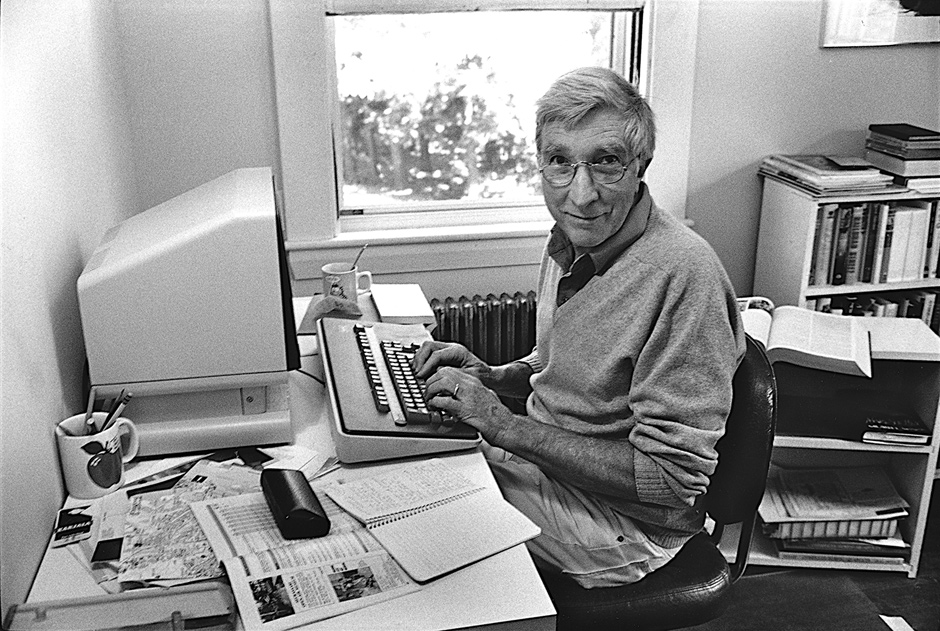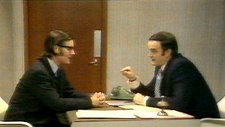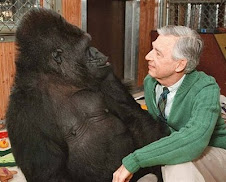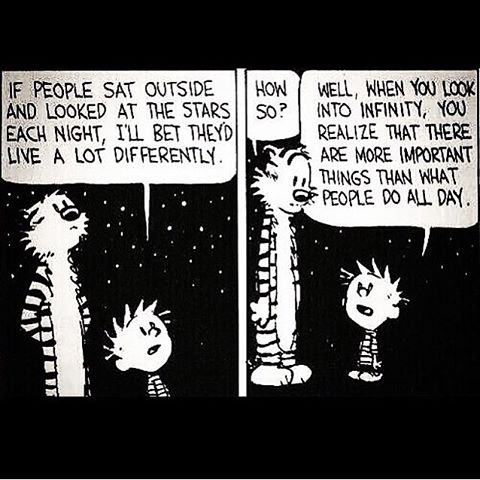Devotees of the Bullet Journal, a cultish notebook-organization system tagged in more than eight million posts on Instagram, will tell you that there are two kinds of notebook people: those who keep multiple notebooks and those who keep just one. Most of us are multiple-notebook people, living our lives haphazardly, writing things down as we go: a notebook for the office, another for groceries and appointments, one for dreams and doodles, one for furtive rants. The multiple-notebook person maintains a wall calendar, a desk calendar, and two calendar apps. She has scribbled a list of movies to watch on a sticky note that she will never find again. She has an app full of cryptic asides (“Rice bowls,” “Bat room”). She has no idea where her bank details are. The multiple-notebook person lives in a kind of organizational purgatory. Her intentions are good, her approach delinquent.
Ryder Carroll, the thirty-nine-year-old digital designer who invented the Bullet Journal, used to be a multiple-notebook person. Born in Vienna to American teachers, he was a squirmy, distracted child, constantly behind and anxious in school. As a teen-ager, he was given a diagnosis of attention-deficit disorder, and he began to develop small journaling tricks to get through his classes; in college, at Skidmore, he carried around six notebooks to keep track of everything. He also scrapbooked and made collages. He started writing down his thoughts in short bursts throughout the day and found that it calmed him, allowing him to see past his anxieties to their root causes. “When there’s a barking dog outside, you can’t hear anything else,” he told me recently, by way of analogy. “But when you go to the window you realize there might be something wrong, you think about it, you get the context. It’s barking at something. You actually get up and look. And, for me, writing is that process.”
In the years after college, Carroll took night courses in Web design and worked for media companies, mostly in New York. “That’s when the Bullet Journal really started coming together,” he said. He slimmed down and organized his books. He noticed that many of his co-workers kept journals, too, though they did so irregularly. “I was, like, well, I use my notebook in a pretty unique way,” he said. One week, in 2013, he built a Web site and shot a video explaining his method. He hoped, he said, to “mitigate a lot of the heartache I had to go through to figure this out on my own.”
The result was a set of organizational instructions: Marie Kondo for the notebook. Basically, you take a journal, number the pages, and create an index so you can find everything. From there, you can list tasks, write diary entries, and build out a minimalist calendar. Like CrossFit, Paleo, and other hyper-efficient communities, Bullet Journaling—or BuJo, as it is known online—has developed its own vocabulary. Participants identify as Bullet Journalists. There’s a daily log, a monthly log, and something called a future log. There are symbols for notes, events, and tasks, and additional symbols to indicate when a task has been completed, scheduled, moved to another section, or deemed irrelevant. (The method takes its name from the bullet point, as well as the word’s suggestion of speed.) There are collections of related material, like languages you’ve failed to learn or miles you haven’t run. There are trackers for anything you feel compelled to track: sleep, workouts, mood, alcohol. Each day, you practice “rapid logging.” Each month, you review everything you wrote down and move only what is meaningful to the next monthly spread, in a spine-straightening process called migration.
Carroll’s video was picked up by productivity blogs and soon went viral. A few years later, Bullet Journaling has grown into a global community, with subsets of every variation: BuJo for students, BuJo for mothers, BuJo for veterans, #menwhobullet. It has taken off on the Internet as a kind of mindfulness-meets-productivity trend that equates organized journaling with an ordered interior life. It promises to help you achieve your goals and declutter your mind. Carroll released a book, last October, called “The Bullet Journal Method,” which is now a best-seller. He no longer uses multiple notebooks (and he no longer needs other jobs). “It’s helpful to have one source of truth,” he said. “That’s what the Bullet Journal is for me.”
One hot day in July, I met Carroll at the Morgan Library & Museum, in Manhattan. He had been on book tour on and off since October, first in the U.S., then in Europe, and finally in Asia. I arrived slightly late, out of breath and frazzled in the heat, to find him sitting in the museum’s entryway calmly reading a novel. He was wearing a black dress shirt buttoned all the way up and square tortoiseshell glasses. When I approached, he carefully marked his page with a bookmark and placed his book inside a nearly empty leather satchel. How had his morning been? He considered the question. It had been good, he said. He had been practicing some self-care.
He had come to see an exhibition on Walt Whitman. Inside, we found edits for the poem “Mannahatta” that Whitman had scribbled on a piece of paper. “There’s something about handwriting that just allows you to glimpse a whole different aspect of a person,” Carroll remarked.He said that in his own notebook he switches among four or five different handwriting scripts, depending on his mood (block letters for information, cursive for emotions). At a copy of “The Odyssey of Homer,” from 1863, Carroll examined Whitman’s loose signature. “The curls in his letters are very open,” he said.
Whitman was a multiple-notebook person, an exuberant and haphazard note-taker. “He would write on forms—legal forms, tax forms,” Sal Robinson, a curator of the show at the Morgan, told me later. As a clerk, and then a newspaper editor, “he was sort of awash in paper,” Robinson said. “There are these photos of him just sitting in his chair, and there’s paper all the way up to his knees.” In the second section of the exhibit, Carroll and I found a small journal below a wall text reading “This humble notebook contains a crucial clue to Whitman’s development.” On the pages were several trial lines for “Leaves of Grass,” in which Whitman experimented with using the ‘I’ that characterizes much of the poem. “That’s one thing that’s so cool about seeing old notebooks,” Carroll said, looking awed. “It’s like the origin of thought. That’s when it happened, that’s the moment when that began to exist in the world.”
If Whitman was drowning in paper, Bullet Journalists are more likely to lose themselves in a sea of posts on Instagram, where BuJo has blossomed. As with many social-media trends, there’s a performative aspect to Bullet Journaling. You get the sense, in some of the more beautiful posts, that it took more time to make the to-do list than it would have to complete the to-dos. A page designed for a vacation packing list might include a hand-drawn map. A page listing tasks for a backyard renovation might have a tiny pocket of seeds. But, in the BuJo community, authenticity is prized. Nicole Barlettano, a graphic designer and illustrator in New Jersey, runs a BuJo Instagram account called @plansthatblossom with a hundred thousand followers, on which she hosts a doodle contest and tracks her habits in decorative spreads. “I don’t try to sugarcoat anything,” she told me. “If I didn’t floss all week, I’m not going to hide that.” BuJo post are often photos of diary entries, which lends them a strange intimacy. One user’s skin-care tracker notes, “Struggling with acne breakouts, but was able to get it under control. Not eating dairy = helpful!” A page with a background of vintage ticket stubs describes an allergic reaction to shrimp. NYker










 Charles Darwin (
Charles Darwin (















No comments:
Post a Comment